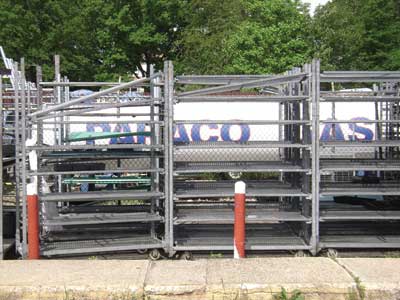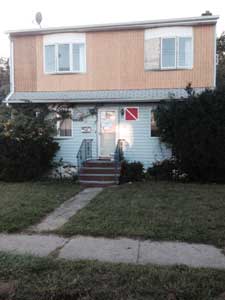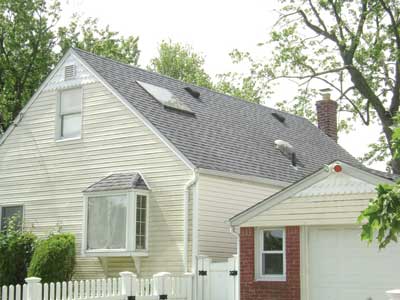By MICHAEL P. CAPOZIELLO
Cell phones and smart-phones: These days, almost everyone has at least one. One recent morning, I glanced around the firehouse table, and all of the young guys had their heads immersed in their cell/smartphones (probably chatting with the guy sitting across the table!). No matter the manufacturer, today’s technology ensures there is almost always a camera built into a phone. If “a picture is worth a thousand words,” then take advantage of this and send members on a photo “scavenger hunt” using their cell/smartphones. Following is a training exercise that puts these camera phones to use.
 |
| (1) Weeks 1 and 2. Know the locations of truss roof buildings in your district. (Photos by author.) |
To start, have officers or training committee members meet to discuss some possible ways to send members out to take photo evidence of fire service issues with their phones. Create a “hunt” topic of the week, and assign off-duty members to search the district/first-due area for examples of these issues. (For volunteer firefighters, give them assignments for when they go around the district on their daily routines.) If a member does not have a smartphone, pair him up with someone who does and have them work as a team. When they find an example of the hunt topic, they must snap a picture of it with their cell/smartphones. Also, have members carry official department identification in case they are questioned about what they are doing. Have the committee select a different hunt topic every two weeks (or whatever time frame works best for your department).
 |
| (2, 3) Weeks 3 and 4. Travel through your district looking for potential hazardous situations. In photo 2, a 5,000-pound propane tank sits somewhat obscured at this filling station. |
Do not inform members of the nature of the other weeks’ topics. Give members a 14-day period to find photo examples of the hunt topic for the assigned weeks. Encourage the participants to not share the locations of their findings with others; instead, they should be prepared to share their findings in a group session. Once they take photos of the week’s hunt topic, have members e-mail the photos to a designated officer or member of your training committee, who will then compile the photos. At the completion of the two-week time period, reveal the next hunt topic.
 |
| In photo 3, this residential structure has just been labeled with an unsafe building placard. Do you know what this symbol depicts? |
On completion of all the assigned hunts, show various photos to the entire group in a slide show presentation. Pick at least one photo from each participating member (or two-person team). When that member’s picture is presented for review on the screen, have him state the address or location of the photo, his thoughts on the photo, what made him select the image, and if the hunt topic was difficult to find. Next, discuss how this information would be helpful to an incident commander and personnel on the fireground. The discussion of the image now becomes a group exercise.
 |
| (4) Weeks 5 and 6. Find natural vent sources on residential structures in your district. There are plenty of natural vents on this home, but what tools would you bring, and how would you access the roof safely to open these vents? |
All firefighters should have basic knowledge of the communities they protect. Since size-up is a never-ending process while on or off duty, this exercise is a great way to canvas and preplan your district, with dozens of eyes sizing up and even locating new “targets” and “concerns” that can now be entered into computer-aided dispatch systems, developed into interdepartment safety or hazmat bulletins, or delivered in any other way that will notify your membership. You will be surprised at what they will find!
Everyone loves competition. Conduct this exercise a few times during the year and assign points to the first five members who send in a hunt photo to the designated image receiver. At the end of the year, give awards such as a set of gloves or a utility knife to members who have the top five (or however many you choose) point totals. The exercise can eventually branch out to neighboring districts to which you regularly provide mutual aid, and you can make the hunt topics progressively more difficult and challenging for members.
MICHAEL P. CAPOZIELLO is a 30-year member and former chief of the Elmont (NY) Fire Department. He is also a department training officer, a public information officer, and a historian. Capoziello is a supervising dispatcher at Nassau County (NY) Fire Communications FIRECOM and a training officer on the fieldcom unit. He is also a 12-year member of the Nassau County fire service critical incident stress management team.
Fire Engineering Archives

